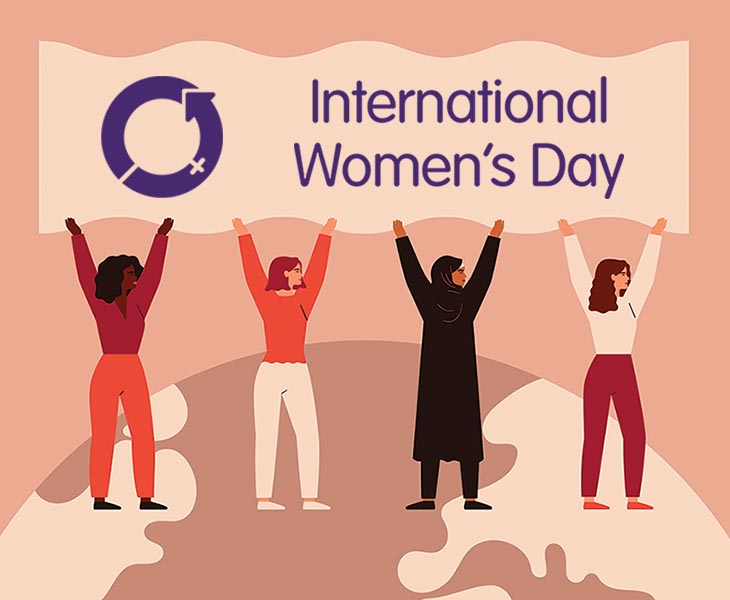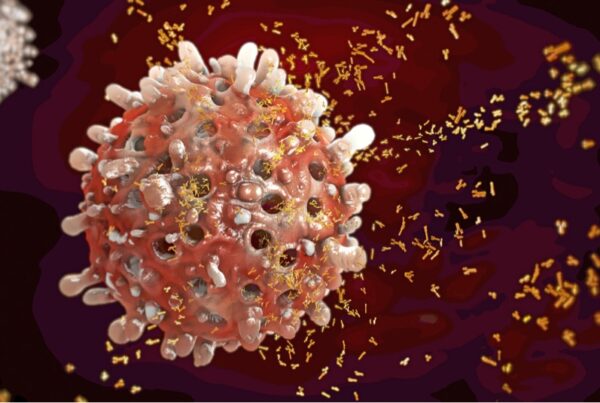The history books tell us that of all the game-changing scientific breakthroughs, less than 7% were made by women. Is this a product of the past, or are the forces that drove this inequality historically still at play today?
Every scientist knows that they are torch bearers in the pursuit of knowledge, but that the relay started long before it was their turn to carry the flame. Generations, centuries, millennia of thinkers, observers, philosophers and experimentalists have come before us, pushing the needle on how we understand the incredible world around us. The history of science has played an important role in shaping our world today, and the intoxicating notions of discovery and exploration are universally exciting, so much so that even people who hated science at school and still shudder at the idea of a Bunsen burner can name a few of history’s scientific heavy hitters – Einstein, Newton, Galileo, Archimedes.
But like any trip down memory lane, when reflecting on the history of science, we have to remember history. The incredible discoveries of the past that we rely upon today did not happen in the world we now know, or the world we hope to build, but within the societies, policies and realities that bring us to today. Societies, policies and realities that have been male dominated.
The historical reality of gender inequality is the foundation upon which our 7% number stands. While the number has grown substantially since the turn of the 20th century, it still falls well short of 50% highlighting the persistence of inequalities and biases in the world of science. Though with the number of women STEM graduates now surpassing that of men, and the participation of women in science being at an all-time high, surely we’ve done what is needed and equality is just around the corner? If only it were that easy!
While equal participation in science has been a driver of historical inequities, recognition also plays a vital role. American historian of science, Margaret Rossiter, pioneered work on the systematic suppression and denial of women’s roles in scientific research and discoveries. She highlights that historically, there were not only significant barriers to women participating in scientific pursuits, but that even where they did, and where they made significant contributions, their names were suppressed and written out of the history books. It is thus no wonder that when asked to name the most important scientists of history, a string of men come to mind.
And this is not just an issue for times gone by. A 2013 article in Science Communication found that the perceived scientific quality of published research was higher if it was authored by a man than if authored by a woman. This exemplifies the ongoing risk of hugely undervaluing the contributions and leadership that women have brough, and continue to bring, to science.
It’s time that we rectify this – so let’s start!
Perhaps you already know of Marie Curie, the first, and one of only four people to have won two Nobel Prizes, and the only person to have ever won Nobel Prizes in two different scientific categories (Physics and Chemistry). Rosalind Franklin is another famous example, known for her critical role in the discovery of the structure of DNA.
What about Alice Augusta Ball? At the age of just 23, she developed a medical treatment for leprosy. It had been known that Chaulmoogra oil could be used to treat leprosy patients, though it was only moderately effective and caused significant side effects when injected. Ball discovered how to isolate the active components in an injectable form, producing a consistent therapeutic that was used to treat patients for decades. The discovery was credited to her male supervisor and it was only many years later that her leading role in the discovery was revealed.
The most exciting thing is that we don’t have to wander into the historical archives to find inspirational women scientists undertaking ground-breaking work. I’m extremely lucky to be based in Oxford, UK where there are many incredible people discovering, innovating and pushing the boundaries every day. For example, Sarah Gilbert and her team who have developed one of the leading COVID vaccines; Carol Robinson who has pioneered the use of Mass Spectrometry and the understanding of three-dimensional structures of proteins; Jocelyn Bell Burnell who discovered the first radio pulsars; Kay Davies who is a global leader in genetic diseases including Duchenne muscular dystrophy; the list goes on.
On this International Women’s Day, 8th March 2021, it has been a real pleasure to learn about a small fraction of the incredible women scientists upon whose shoulders I am privileged to stand. I hope that the increased recognition of the true contributions made by these inspirational scientists will not only help paint a truer and fairer picture of our history, but also build the foundation for the recognition deserved by the incredible young women in science today, some of which I am honored to get to work with.
David Llewellyn – CEO DJS Antibodies



